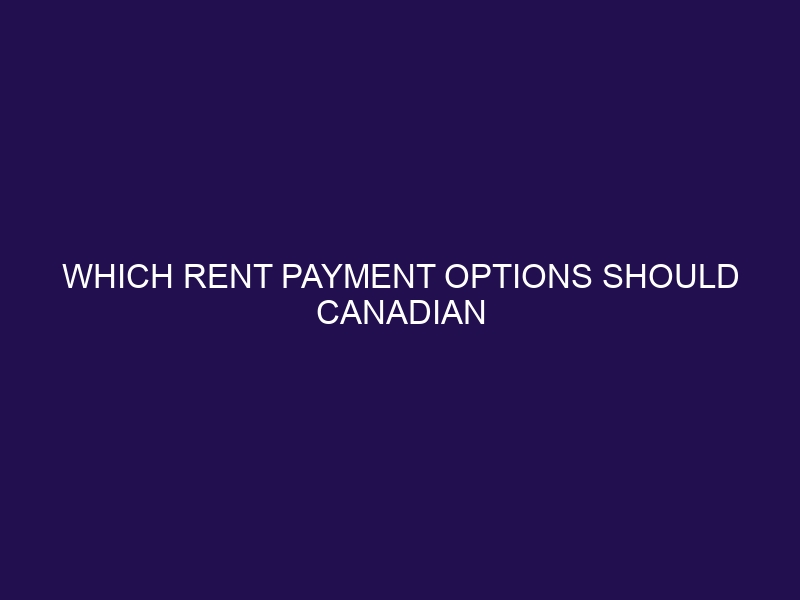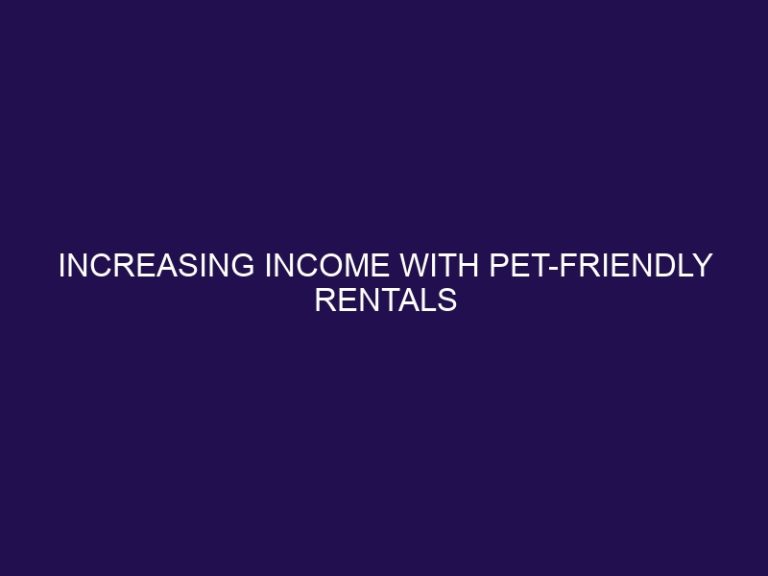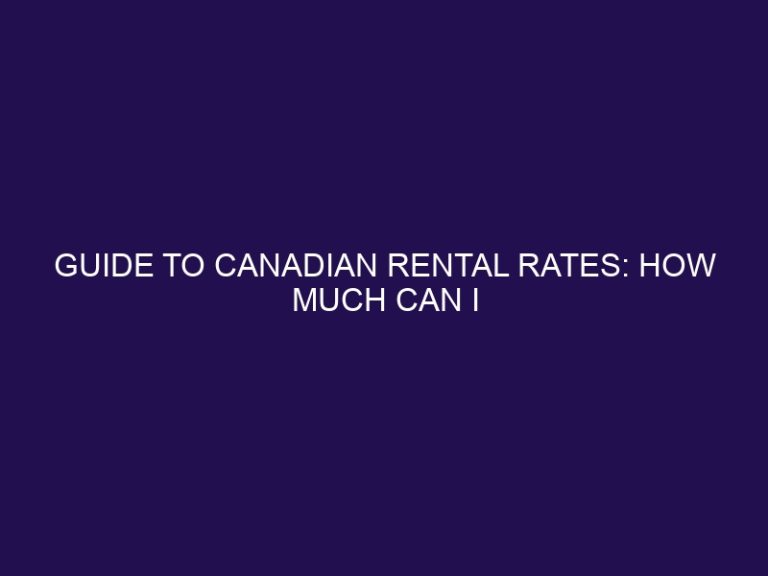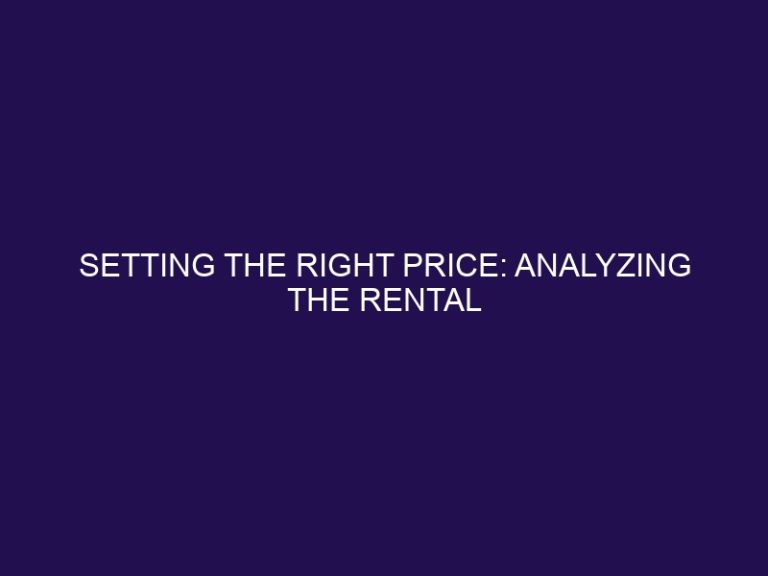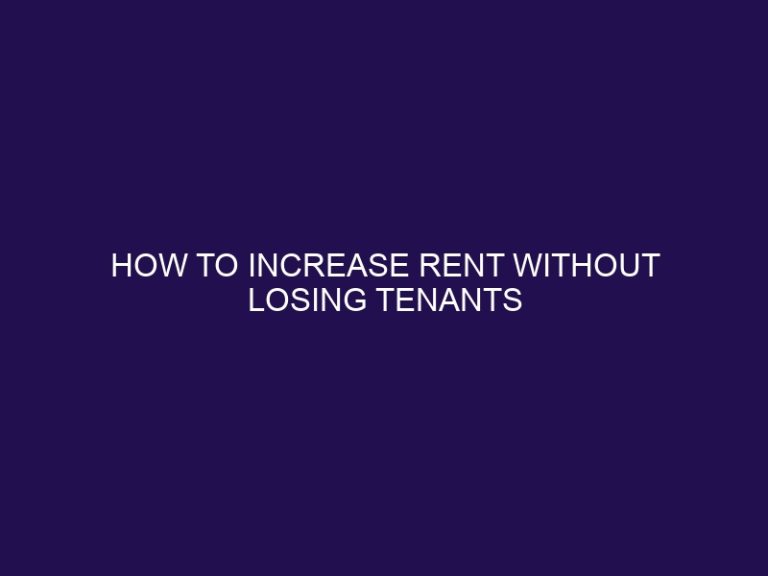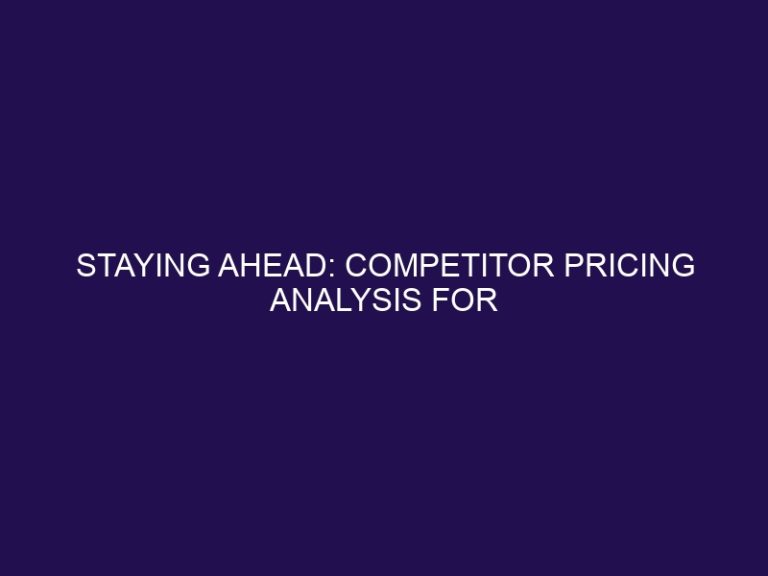Which Rent Payment Options Should Canadian Landlords Accept?
Rent payment options for landlords in Canada vary, with some being more traditional and others using modern technology. It is crucial for landlords to consider the pros and cons of each option to determine which ones are best suited for their needs. According to a study conducted by the Canadian Mortgage and Housing Corporation, the top rent payment options in Canada are cash, cheque, Interac e-Transfer, pre-authorized debit, credit card, and online payment platforms.
Here is a breakdown of the common rent payment options in Canada and their pros and cons:
- Cash: This is the most basic form of payment and provides immediate funds for the landlord. However, it may be difficult to track and can be risky as it can be lost or stolen.
- Cheque: Cheques provide a paper trail and can be easily tracked. However, they can be time-consuming to process, and there is a risk of non-sufficient funds.
- Interac e-Transfer: This electronic payment option is fast, convenient, and easily trackable. However, it may not be suitable for larger rent payments due to transfer limits and can incur additional fees.
- Pre-authorized Debit: This allows for automatic withdrawals from the tenant’s bank account and is convenient for both parties. However, tenants may not have sufficient funds in their account, and there may be additional fees for the landlord.
- Credit Card: This option allows for tenants to earn rewards points, but there may be additional fees for the landlord.
- Online Payment Platforms: These platforms offer a variety of payment options and are convenient for both landlords and tenants. However, they may also incur additional fees.
When it comes to security, pre-authorized debit and Interac e-Transfer are the top choices for landlords as they provide secure and trackable transactions. However, tenants may prefer the convenience of credit card or online payment platforms.
It is important for landlords to consider legal considerations when accepting rent payments. This includes following provincial laws and regulations, setting clear payment deadlines, and addressing privacy and security concerns. Landlords should also communicate effectively with tenants to avoid any misunderstandings or conflicts.
In conclusion, offering multiple payment options, setting clear payment deadlines, providing receipts, and effective communication are best practices for accepting rent payments as a landlord. By carefully considering the pros and cons of each option, landlords can determine the best payment methods for their needs.
Key Takeaways:
What Are the Common Rent Payment Options in Canada?
As a landlord in Canada, it is important to offer your tenants convenient and secure rent payment options. But with a variety of options available, it can be overwhelming to determine which ones to accept. In this section, we will discuss the most common rent payment methods used in Canada, including cash, cheque, Interac e-Transfer, pre-authorized debit, credit card, and online payment platforms. By understanding the pros and cons of each option, you can make an informed decision on which payment methods to offer your tenants.
1. Cash
- Secure: Ensure cash payments are acknowledged with a signed receipt.
- Convenient: For tenants, paying cash can be a convenient option if other payment methods are unavailable.
- Legal: Cash acceptance must comply with provincial laws and lease agreements.
In the 17th century, cash was not commonly used in Canada, with bartering being the main form of trade among early settlers.
2. Cheque
- Write the date and recipient’s name on the cheque.
- Enter the payment amount in both numbers and words.
- Sign the cheque at the bottom right corner.
- Ensure sufficient funds are available in your account.
Did you know? In Canada, cheques are still widely used for various financial transactions despite the popularity of digital payment methods. In fact, cheques are still the preferred method of payment for many individuals and businesses in the country.
3. Interac e-Transfer
- Register: Sign up for online banking with a participating financial institution.
- Add Recipient: Input the recipient’s email or mobile number and create a security question.
- Transfer: Select the recipient, input the amount, and send funds securely using Interac e-Transfer.
- Fact: Interac e-Transfer is a popular method used by millions of Canadians, with over 371 million transactions in Q2 2021.
4. Pre-authorized Debit
-
Ensure Sufficient Funds: Confirm the availability of funds in the account linked to the pre-authorized debit.
-
Timely Setup: Initiate the pre-authorized debit in accordance with the agreed-upon payment schedule.
-
Consistent Monitoring: Regularly monitor the pre-authorized debits to ensure accurate and timely payments.
5. Credit Card
- Check if the landlord accepts credit card payments.
- Verify if there are additional fees for credit card transactions.
- Ensure the security of the credit card payment process.
- Understand the credit card payment deadline and grace period.
6. Online Payment Platforms
- Explore different online payment platforms such as PayPal, Venmo, or Zelle.
- Select a platform with minimal transaction fees and robust security measures.
- Incorporate the chosen platform into the rental agreement and clearly communicate the process to tenants.
In 1999, PayPal, the first online payment platform, transformed e-commerce by allowing individuals and businesses to send and receive electronic payments.
What Are the Pros and Cons of Each Payment Option?
As a Canadian landlord, one of the key decisions you must make is which rent payment options to accept from your tenants. Each option has its own set of pros and cons, and it is important to carefully consider these factors before making a decision. In this section, we will discuss the various payment options available to landlords, including cash, cheque, Interac e-Transfer, pre-authorized debit, credit card, and online payment platforms. By exploring the advantages and disadvantages of each option, you can determine the best choice for your rental property.
1. Cash
- Ensure safety during cash collection and storage.
- Provide tenants with receipts for cash payments.
- Establish clear guidelines for cash transactions in the rental agreement.
2. Cheque
- Write the date, recipient’s name, and payment amount clearly on the cheque.
- Ensure there are sufficient funds in your account to cover the cheque amount.
- Obtain a receipt or proof of payment for your records.
Pro-tip: Always double-check the accuracy of the information before issuing a Cheque to avoid errors.
3. Interac e-Transfer
- Set up Interac e-Transfer: Connect your bank account to your email or mobile number for easy and secure transactions.
- Initiate the Transfer: Access your online banking, choose the recipient, amount, and security question.
- Notify Recipient: Share the security answer separately to ensure safety and security.
- Confirm Receipt: Once the recipient accepts, both parties will receive a confirmation.
Consider using Interac e-Transfer for seamless and secure rent payments, ensuring clear communication with recipients.
4. Pre-authorized Debit
- Check if your bank offers pre-authorized debit services for rent payments.
- Provide your landlord with the necessary authorization form and banking details.
- Ensure sufficient funds in your account on the scheduled payment date.
Pre-authorized debits, also known as PADs, were first introduced in Canada in the 1990s, revolutionizing the way individuals and businesses manage recurring payments.
5. Credit Card
- Check with the landlord to see if credit card payments are accepted.
- Be aware of any potential service fees associated with credit card transactions.
- Guarantee the security of transmitting credit card information.
- Verify that credit card payment is available as an option in the rental agreement.
6. Online Payment Platforms
- Explore well-known online payment platforms such as PayPal, Venmo, or Zelle.
- Register for accounts on the selected platforms and connect bank accounts or credit/debit cards.
- Facilitate rent payments by setting up automatic transactions through the chosen platform.
Which Rent Payment Option Is Most Secure for Landlords?
The most secure rent payment option for landlords is electronic fund transfers (EFTs). This method ensures timely and traceable payments, reducing the risk of late or missing payments.
Which Rent Payment Option Is Most Convenient for Tenants?
Tenants find online rent payment to be the most convenient option, as it offers flexibility and ease. This allows for timely payments to be made from anywhere. One such tenant, Sam, appreciated the convenience of online payments while balancing work and personal commitments.
What Are the Legal Considerations for Accepting Rent Payments?
As a landlord in Canada, it is important to not only consider which rent payment options are most convenient for you, but also the legal implications of accepting certain methods of payment. In this section, we will explore the various legal considerations that landlords must keep in mind when deciding which rent payment options to accept. This will include an examination of provincial laws and regulations, rental agreement terms, and privacy and security concerns. By understanding these factors, landlords can make informed decisions that protect their rights and the rights of their tenants.
1. Provincial Laws and Regulations
- Review the specific provincial laws and regulations regarding rent payments.
- Understand the legal requirements for payment methods and timelines.
- Adhere to any regulations governing rent receipts and record-keeping.
Did you know? Understanding 1. Provincial Laws and Regulations is crucial for both landlords and tenants to ensure compliance and fair practices.
2. Rental Agreement Terms
- Clearly outline rent amount, due date, and payment methods in the rental agreement.
- Specify penalties for late payments and bounced checks.
- Detail any additional fees or charges related to rent payments.
Did you know that 96% of Canadians rent their homes? It’s crucial to have clear terms in the rental agreement regarding rent payments to ensure a smooth payment process.
3. Privacy and Security Concerns
Privacy and security are major concerns when it comes to using digital rent payment methods, as there is a risk of personal information exposure and potential fraud. To minimize these risks, both tenants and landlords should prioritize using secure platforms, verify that proper encryption measures are in place, and regularly monitor transactions.
What Are the Best Practices for Accepting Rent Payments?
As a landlord in Canada, it is important to establish clear and efficient procedures for accepting rent payments from tenants. In this section, we will discuss the best practices for accepting rent payments, including offering multiple payment options to accommodate different preferences, setting clear payment deadlines to ensure timely payments, and providing receipts for payments as a record of transaction. Implementing these practices can help streamline the rent payment process and promote a positive landlord-tenant relationship.
1. Offering Multiple Payment Options
- Provide various forms of payment options including cash, cheque, Interac e-Transfer, pre-authorized debit, credit card, and online platforms.
- Offer convenience for tenants.
- Enhance financial flexibility for tenants.
- Ensure timely rent payments.
A landlord’s diverse payment options helped a struggling tenant avoid late fees during a difficult financial period.
2. Setting Clear Payment Deadlines
- Communicate: Clearly outline payment due dates in the rental agreement.
- Reminders: Send friendly reminders a few days before the deadline via email or text.
- Flexibility: Consider grace periods for unexpected delays.
Setting clear payment deadlines, as outlined in the rental agreement, fosters transparency and ensures timely rent collection, benefiting both landlords and tenants.
3. Providing Receipts for Payments
- Issue a receipt for each rent payment received, in accordance with provincial legal requirements.
- Include the date, amount, tenant name, and property address on the receipt for record-keeping purposes.
- Keep a copy of all receipts to comply with legal requirements.
- Ensure that all receipts are in compliance with provincial laws.
4.
- Consider the preferences of tenants by offering multiple options.
- Ensure clear communication on deadlines for each payment method.
- Provide receipts promptly after receiving payments.
Following these best practices helps to cultivate a positive relationship between landlords and tenants.
Frequently Asked Questions
Which Rent Payment Options Should Canadian Landlords Accept?
It ultimately depends on the landlord’s preference and the terms of the lease agreement. Some landlords may only accept certain certified payment methods, such as cashiers checks or bank drafts, while others may allow for more flexible options like credit card payments. It is important for landlords to clearly state their accepted payment methods in the lease agreement and for tenants to adhere to those terms.
What are the pros and cons of accepting credit card payments for rent?
Expert Q&Janice Tieperman, a staff writer at wikiHow and an expert in creative writing, states that accepting credit card payments can be convenient and faster in today’s digital world. However, landlords should also consider the associated fees, potential chargebacks, and financial liabilities before deciding to accept credit card payments.
Should landlords consider using third-party bill payment services for rent payments?
It makes sense for landlords to consider using third-party services, such as Plastiq, RentMoola, or Get Digs, as an indirect way for tenants to use their credit cards to pay rent. These services may charge a convenience fee, but they also offer trackable methods and payment processing time.
What certified payment methods should landlords accept for rent?
Landlords should accept certified checks, bank drafts, money orders, and prepaid debit cards as they are considered secure and trackable methods of payment. Some landlords may also accept online payments through credit unions or fintech companies like PayPal or Venmo.
What are some additional charges that landlords should be aware of when accepting credit card payments for rent?
Landlords should be aware of the associated fees with credit card payments, such as card processing fees and any additional charges from third-party services. They should also consider the possibility of chargebacks, where tenants dispute the charge and the landlord may incur a hefty fee.
Is it necessary for landlords to accept digital payments for rent?
It is not necessary for landlords to accept digital payments, but it should be a top priority in today’s digital world. Accepting online payments can make rent payments more convenient for both landlords and tenants. However, landlords should also consider offering other payment options for those who may not have access to digital methods or may prefer physical paper payments.

